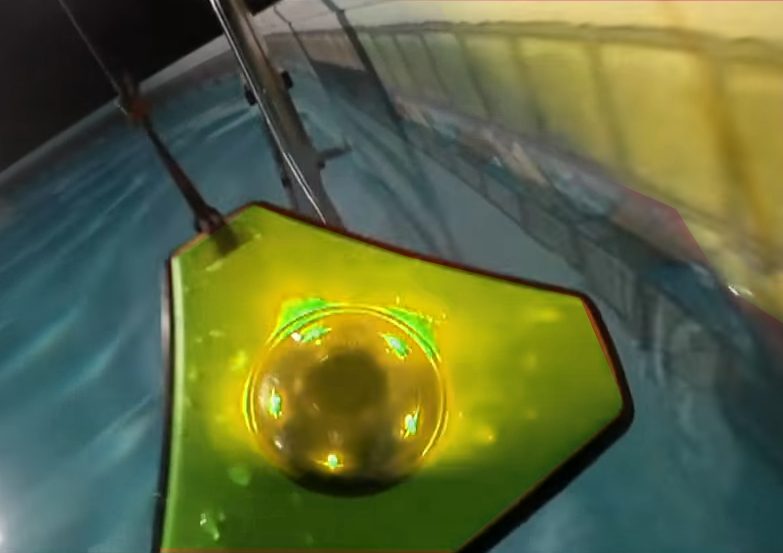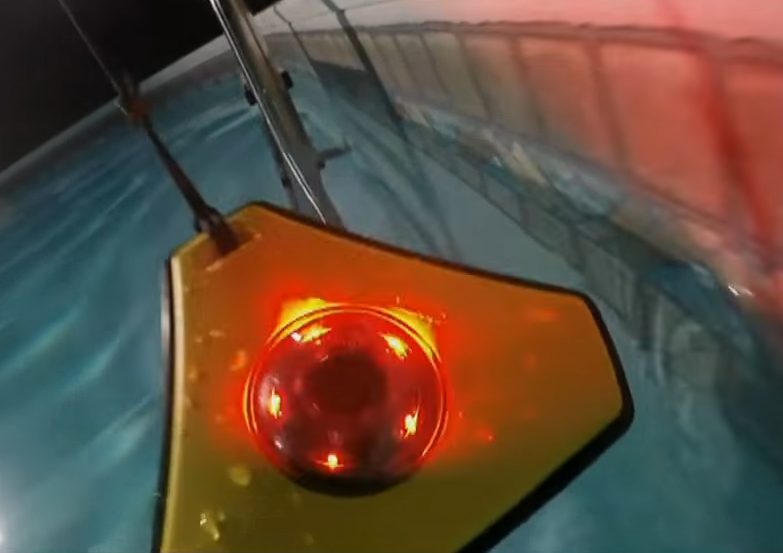How to Test Pool Water for Electricity
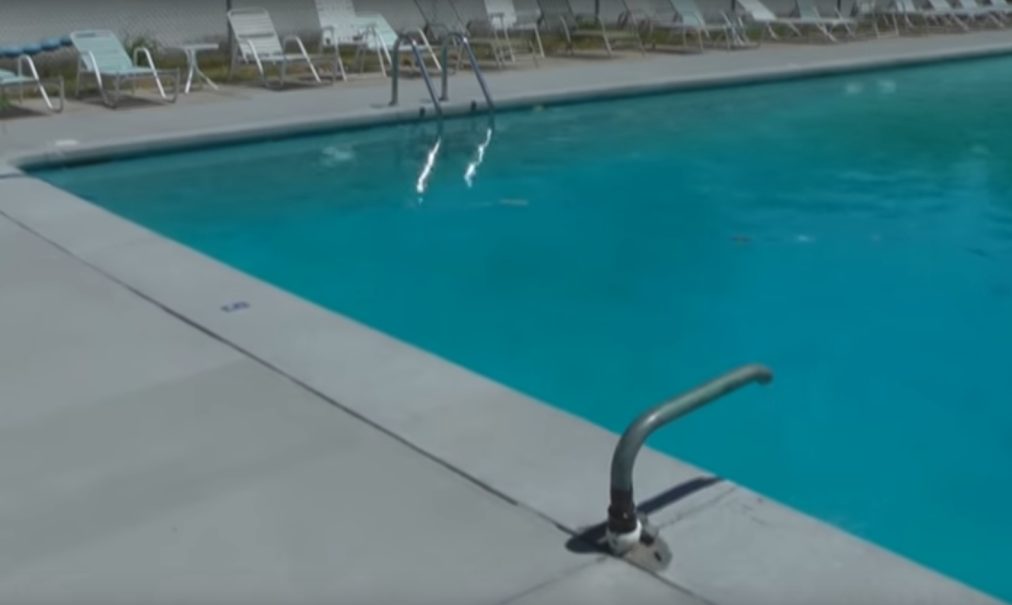
When you have a pool in your home, a significant safety concern can be the presence of electricity.
For example, if you feel stray voltage when touching the support beams under the deck or the fence, it could also indicate something is wrong. The pool must be checked for the presence of electricity. In extreme cases, the stray voltage can cause disorientation, and electric shock, and result in drowning.
Testing pool water for electricity can be done by re-checking adequate bonding and earthing, testing the voltage, and applying a number of further tests. A shock alert device can also be used as an additional safety measure.
This article shows you how to conduct these safety tests and check the pool water for the presence of electricity.
Electricity, Water, and Electrocution
Electricity in Water
Firstly, a quick reminder of how electricity affects water.
Water is an excellent conductor of electricity, but it is only a conductor. It does not store it. Electricity will only be present in the water for as long as the electric supply is connected to it. Once turned off, there will be no electricity in the pool. The electricity in the water itself is normally measured in millivolts per centimeter (mV/cm).
When you touch water that is live with electricity, you become a path for current to flow through you while it goes to the ground. In short, it is dangerous to touch the water when there is electricity in it. This article is all about preventing that from happening to the water in your home pool by testing for the presence of electricity.
Electrocution Risk
Electrocution in a swimming pool usually happens due to one of the following three reasons:
- Electrical cords in contact with water
- Faulty or damaged wiring
- No GFCI (Ground Fault Current Interrupter) circuit breakers for the pool circuits and outlets
If you notice any of the above, the risk of electrocution is very high. Remove the risk immediately or have the situation fixed at the earliest, then test the pool water for electricity before considering it safe to use.
Warning: Never use plugged-in devices or appliances whilst using the pool.
A GFIC is essential where water is likely to be splashed onto electrical connections, such as near pools, water faucets, and hose connections, especially in outdoor locations. It can help prevent electrocution. If you don’t have one installed already for your pool, you should definitely install it.
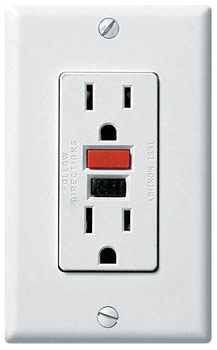
Other Warning Signs Indicating a Problem
Two indications were mentioned above that show that testing your pool water for electricity is important:
- If you feel a frequent tingling sensation, or muscle twitches or cramps when touching any metallic part of the pool, such as the fencing or support beam.
- If, over the long term, you experience abnormal bodily effects, such as hair loss.
You must recognize these warning signs and take early action. A problem could also arise in the following situations if it applies to your pool installation:
- The fixture cord was pulled into the conduit before putting on the trim ring.
- The splice box was not installed properly for the fixture at the poolside.
- You notice corroding screws or corrosion on the rest of the ladder.
- If the fixture circuit is not dedicated.
- The wiring does not comply with the electrical code, for example, with respect to the type of wiring, location, and clearance.
If you have inadvertently made any of the above mistakes, you may find yourself having to test the pool water for electricity. If, for example, you have embedded the cord in a permanent seal, such as spray foam, and you need to alter the installation or do a re-assembly.
Bonding and Earthing
Before you start conducting the recommended tests detailed further on, make sure you understand what bonding and earthing mean because they are mentioned in the instructions. Both are critical to keeping a pool safe and preventing electric shock.
- Bonding conductors are connected to prevent the voltage level from exceeding a safe level by keeping things in equipotential. Bonding provides a way to connect or create a ‘conductive link’ between electrical and metallic parts to give additional safety for pool users. In the event of a problem, the low impedance path provided by the bonding is used for current to flow and trip and circuit breaker. Besides the main bonding, there is normally also supplementary bonding.
- Earthing provides a protective conductor that is grounded, i.e., a path for any fault current to flow safely to a ground connection. If this provided path is used, the device will automatically cut the electricity supply.
Reminder: Electric current, even a small amount, in water can be lethal. Earthing is essential to provide a safe path for this current. A small current is enough to be lethal if it flows through the heart, whereas a large current, such as from a bolt of lightning, can find a safe path to the ground while only causing some burns.
Two of the tests listed below involve checking for electrical continuity and integrity of all the bonding and earthing you arranged for the pool.
Testing Pool Water for Electricity
The test kit mentioned below for conducting the continuity test used to check for bonding simply contains a cable long enough to reach from the central and main ground point of the pool to all checking points around the pool, a battery, lamp, or other light indicators, and wire clips. In addition, you will need a multimeter for some of the tests.
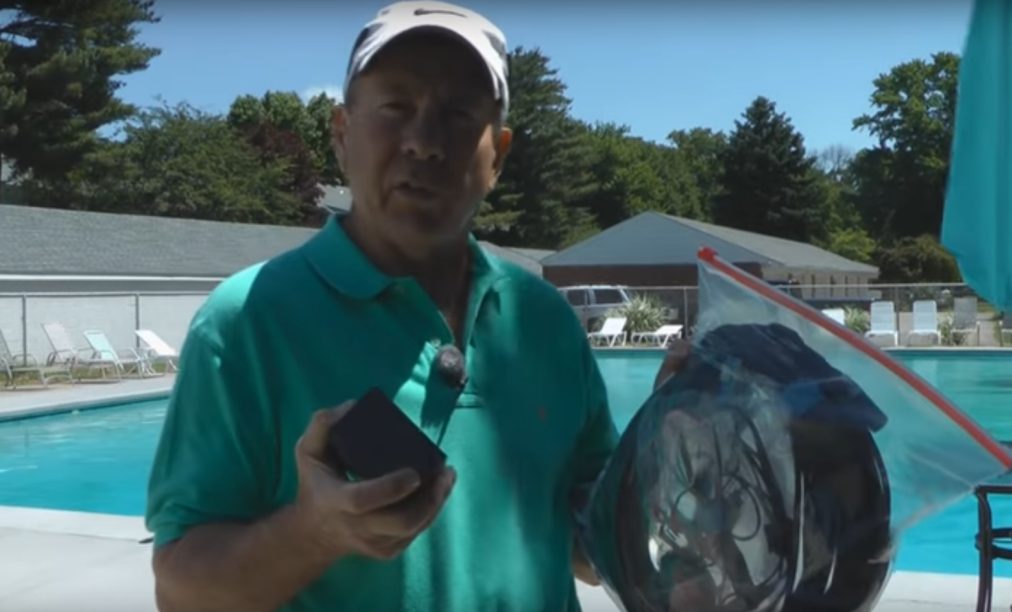
The following tests can be performed to test pool water for the presence of electricity:
Voltage Testing
Test the voltage from the pool (after turning the power off to the house, if necessary). The voltage potential should confirm that the pool is well-earthed. Test the pool’s metallic portions to look for a voltage source.
When checking the water’s voltage, measure from the bonding/housing lug of the motor (pool pump) to different metallic points within a range of around 5 feet. These points should include the following:
- Railing
- Slides
- Drains
- Lighting fixtures
If you notice a significant difference in the potentials between two separate conductive surface points, re-confirm that this is indeed the case, and then have the pool checked by an electrician. This indicates a serious problem that could become lethal if left unaddressed.
If the voltage reading of the water in the pool is under 30 mV/cm, the electrical potential is no more than that of tap water. If It exceeds this, it may be too high, but if it is above 70 mV/cm, the water is unsafe to swim in. Note that too much salt in the water can raise this level, and too much chlorine in the water can reduce it. With this in mind, the water voltage levels should be monitored regularly to check for abnormal levels. (1)
Checking Ground Connections
Check the neutral wiring for ground connections that are downstream from the panel. First, turn off all light switches and unplug everything.
Note: Do the continuity test on the equipment ground, not the grounding electrode system in your home.
Checking Bonding Conductors
Measure the current in the ground connection on the ground bond jumper at the house panel. Include all metallic, non-electric, and underwater pool lights used as bonding points throughout the entire pool (as in the picture below).
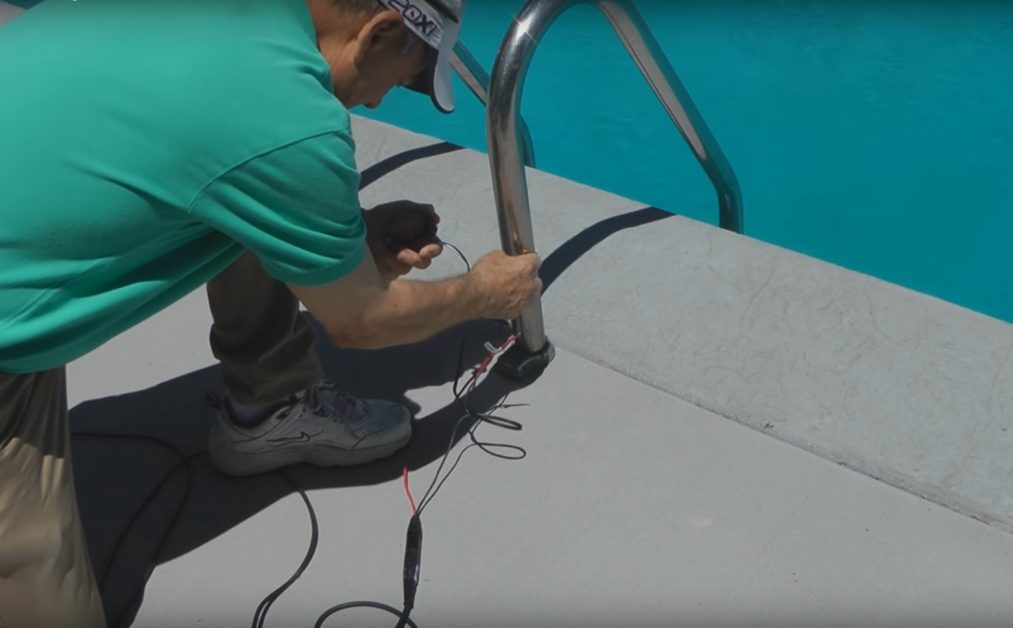
Zero Sequence Test
Perform a zero sequence test (on the panel feeder). You may use a current clamp on the conductors. The reading must be zero.
Check Water Pipes
If you have a ground connection for your water pipes, measure the current on them too.
Other Things to Confirm
Here are a few more things to confirm so that the pool functions normally and safely in case these measures are not already in place:
- Arrange for a dedicated fixture circuit.
- Have a bare #8 ground in the concrete for the pump case. Use a multimeter set to ohms to check the ground.
- The conduit feeding the fixture should be sealed behind the fixture.
- Keep all pool equipment at least 10 feet away from high-voltage power lines.
Automatic Shock Alert
You may have arranged acceptable bonding and earthing and conducted all the tests for electricity in the pool water, but want another safety measure? If so, there is a device called ‘shock alert’ that can give you an alert if electricity is present in your pool. You should use it to test the water for electricity before getting into the pool.
Note: The shock alert device is not a substitute for bonding and earthing, but an additional safety measure you can use.
A shock alert device will beep and flash if it detects electricity. If you use one, and it does that, you should stay away from the pool. It gives either one of two indications:
- Flashing in green – This means no voltage has been detected, and the pool is safe to use.
- Flashing in red – This is a danger sign which means electricity has been detected so the pool must not be used.
The shock alert device flashes.
Wrapping Up
We pointed out why testing pool water for electricity is important, i.e., to prevent an electric shock, what to look for as potential problem signs, explained bonding and earthing, and showed you how to test pool water for the presence of electricity. (2)
We also stressed the importance of bonding and earthing to reduce this risk, and described extra things you can use, such as a GFCI circuit breaker, and a shock alert device that gives flashing alerts.
Take a look at some of our related articles below.
- Does isopropyl alcohol conduct electricity
- Does WD40 conduct electricity
- How to connect ground wires together
References
(1) chlorine in the water – https://www.cdc.gov/healthywater/drinking/
public/water_disinfection.html
(2) pool water – https://www.betterhealth.vic.gov.au/health/healthyliving/swimming-pools-water-quality
Video References
Newcastle Pictures
TODAY

